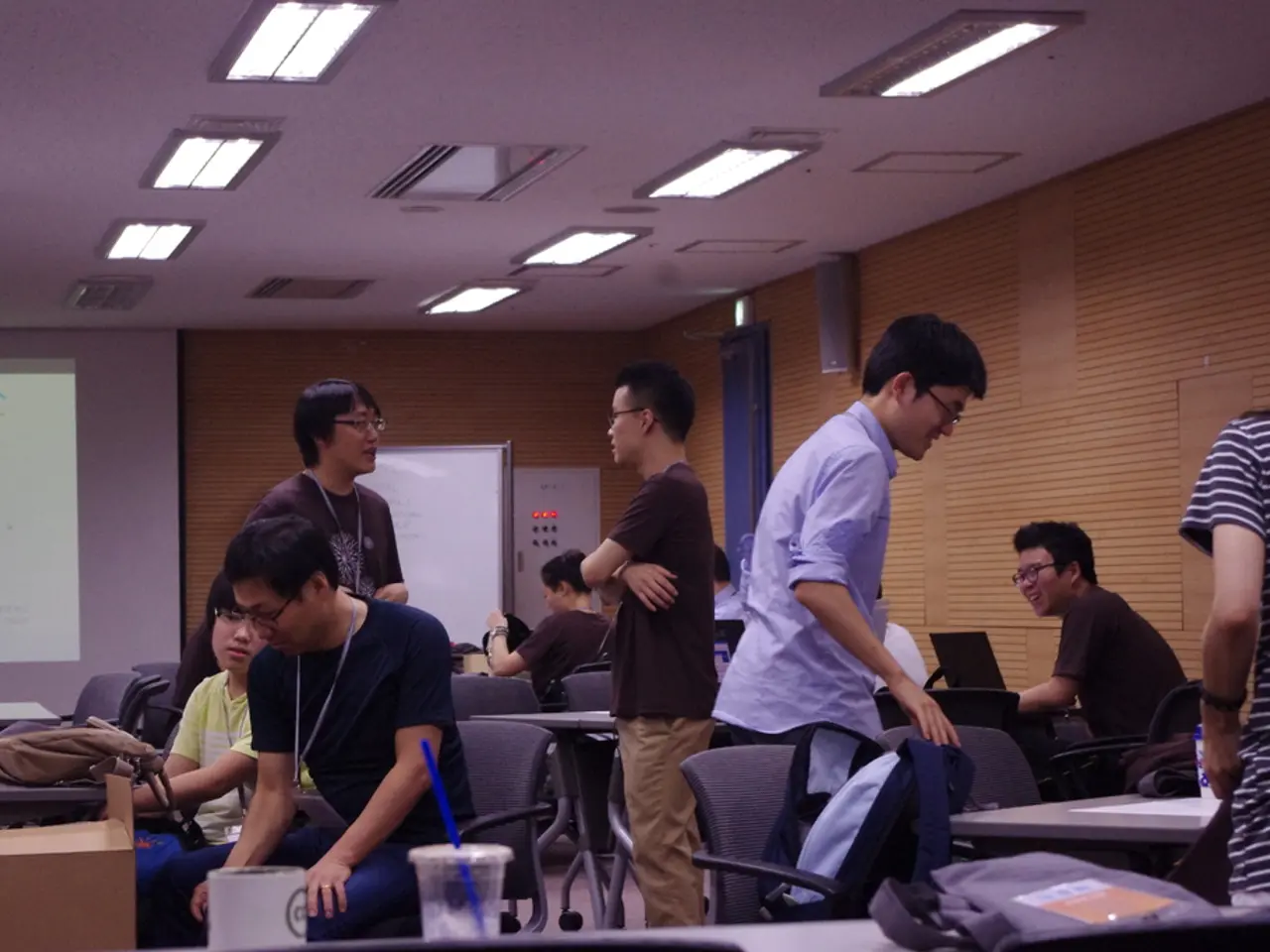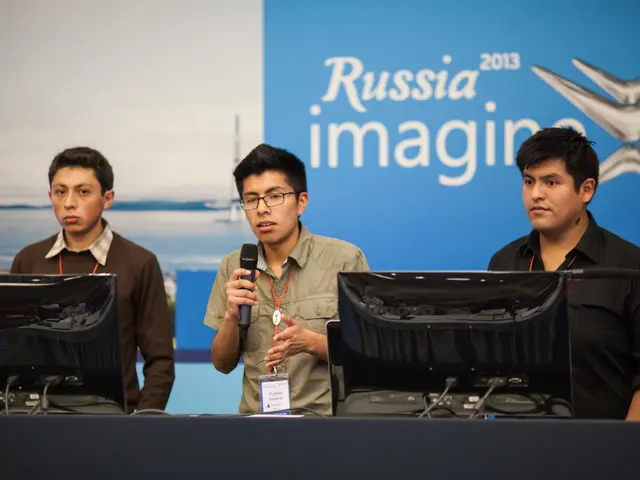Future Higher Education Classrooms: Sennheiser Equipment Implementation (2025/2026)
In the realm of technology, discussions about the future are always buzzing. This week, 28 thought leaders gathered to explore various aspects of visualization technologies, Artificial Intelligence (AI), the cloud, Audio-Visual (AV), and the future of education. Among these thought leaders was Mike Mitchell, a Product and Application Specialist for Business Communication at Sennheiser.
Mitchell, along with 17 other industry experts, delved deep into the potential of next-generation audio. One of the key topics was the evolution of assistive listening devices. Traditional devices, which often relied on FM or infrared systems, presented logistical challenges such as maintenance, hygiene, and limited personalization options.
However, the tide is changing. Many higher education institutions are turning to Wi-Fi-based, two-channel solutions. These systems, like Sennheiser's MobileConnect, eliminate many of the traditional obstacles and provide flexibility and versatility for students. With Wi-Fi-based listening systems, universities can integrate user-friendly solutions that rely on personal smartphones or other mobile devices, improving the experience with low-latency audio.
The demand for intuitive and accessible solutions in modern lecture halls is high, with a focus on clear and consistent audio without disruptions. Enhancing bi-directional communication capabilities in assistive listening devices can transform them from single-use devices to multi-use workhorses. For instance, systems that can accommodate multiple audio streams can provide assistive listening as well as allow the user to connect their device as a microphone to contribute to a presentation.
The year 2025 is anticipated to be significant for the AV/IT industry. As technology continues to advance, 15 manufacturers are focusing on supporting users in the industry. The discussions held by these thought leaders aim to shape the future of education, making it more inclusive and engaging for all students, regardless of their hearing ability.
In addition to the discussions on education, 15 thought leaders offered insights on the esports sector. The daily newsletter by avtechnology provides features, industry news, and analysis for tech managers, keeping them informed about the latest developments in the AV/IT industry.
As we move forward, it's clear that the future of audio technology is promising. With innovations like Sennheiser's MobileConnect system, universities can embrace these advancements to enhance the overall experience, allowing every student to fully engage with the classroom.






